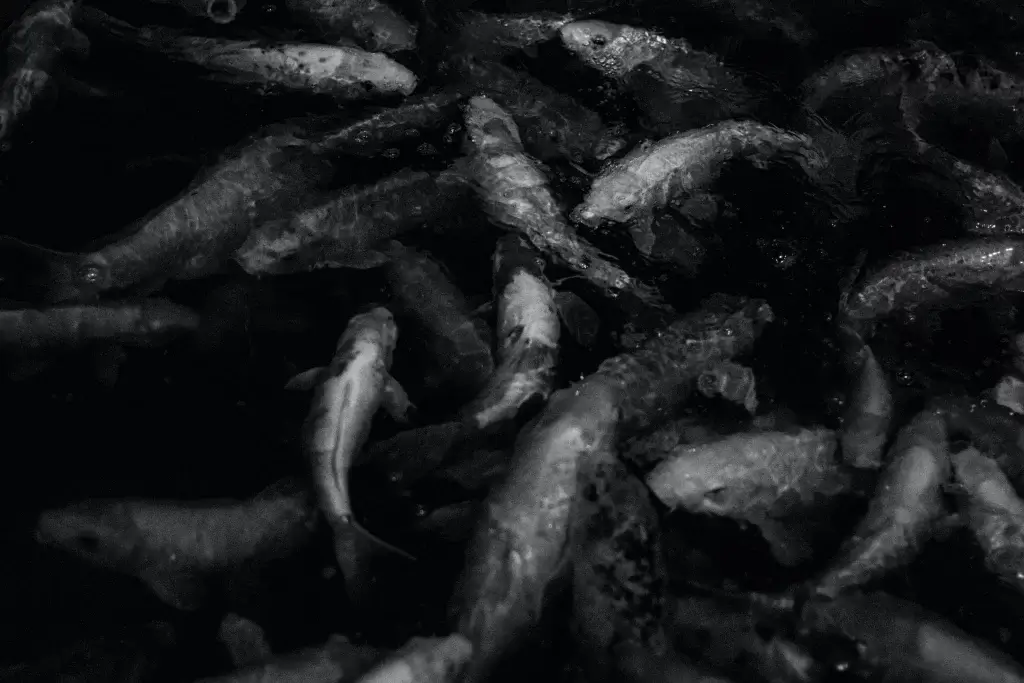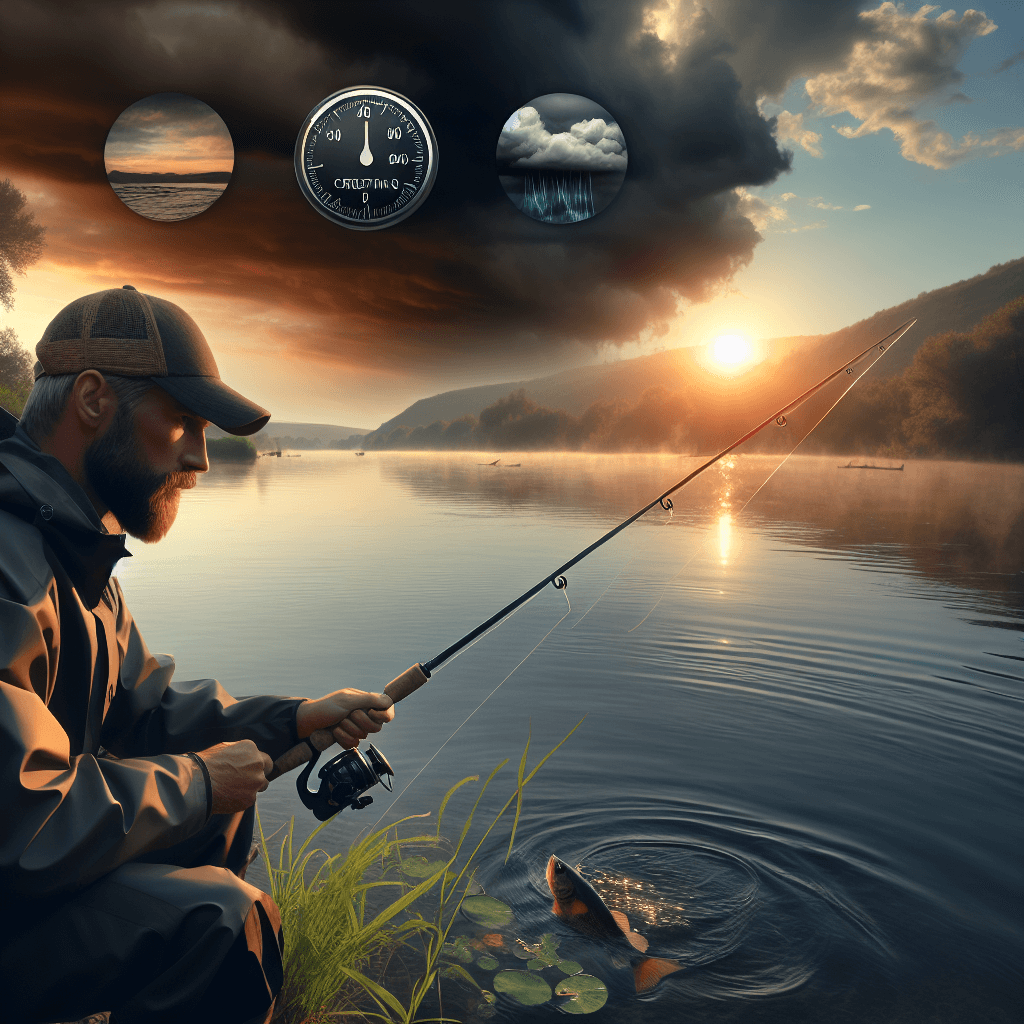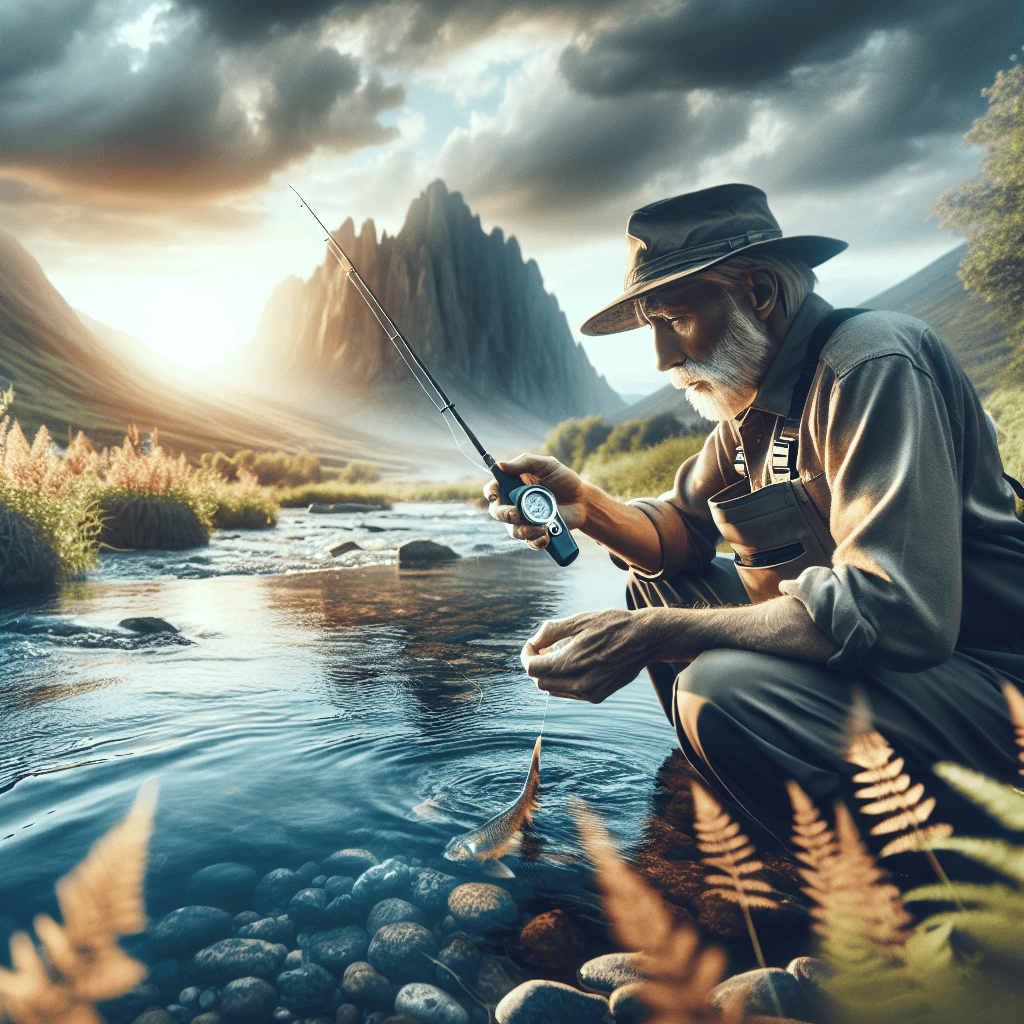Are you an avid angler, always on the lookout for fishing spot? If so, you’re in luck! In this article, we will explore the best practices for selecting the ideal fishing spot based on various factors such as water temperature, weather conditions, and time of day. By considering these key elements, you can significantly increase your chances of a successful and enjoyable fishing expedition. So grab your gear, because we’re about to dive into the world of fishing spot selection!
Understanding the Importance of Selecting the Right Fishing Spot
Fishing success depends on a variety of factors, including water temperature, weather conditions, and the time of day. While it may seem overwhelming to consider all these elements, understanding their impact can greatly increase your chances of a successful fishing trip. By selecting the right fishing spot, you can maximize your opportunities for catching fish. In this article, we will explore the significance of these factors and provide you with the best practices for choosing the perfect fishing spot based on water temperature, weather conditions, and the time of day.
The Impact of Water Temperature on Fish Behavior
Water temperature plays a crucial role in fish behavior. Different fish species have preferred temperature ranges in which they thrive. To select the right fishing spot, it’s essential to research the preferred temperature range for your target fish species. For example, trout are typically more active in cooler water, while bass are more active in warmer water. By understanding the temperature preferences of your target fish, you can narrow down potential fishing spots and increase your chances of a successful catch.
Furthermore, it is crucial to analyze the seasonal variations in water temperature. Fish behavior changes throughout the year, primarily due to fluctuations in water temperature. During the spring and fall, when water temperatures are moderate, fish tend to be more active and feed more aggressively. In contrast, during the summer and winter, extreme temperatures can cause fish to become more sluggish and less active. By considering the seasonal variations in water temperature, you can adjust your fishing strategies accordingly and select the most productive fishing spots.

How Weather Conditions Affect Fishing Success
Weather conditions also have a significant impact on fish behavior and, consequently, fishing success. Factors such as air pressure, wind direction and speed, cloud cover, and precipitation can all influence fish activity. Understanding these effects can give you an edge in selecting the right fishing spot.
Air pressure has a direct impact on fish behavior. When there is a sudden change in air pressure, such as before a storm, fish tend to become more active and feed more aggressively. Conversely, during stable or high-pressure systems, fish may be less active and harder to catch. By monitoring air pressure trends, you can choose fishing spots that align with favorable fishing conditions.
Wind direction and speed are other important weather factors to consider. Wind creates water movement and brings in forage, making fishing spots downwind of these areas more productive. Additionally, wind can affect the clarity of the water and the ability to present bait or lures effectively. Understanding wind patterns and their impact can guide you in selecting sheltered fishing spots or areas where wind is advantageous for attracting fish.
Cloud cover and precipitation can also influence fish behavior. Fish tend to be more active and feed more aggressively when light conditions are dimmed, such as during overcast days or when it’s lightly raining. Conversely, bright sunlight can make fish more wary and less willing to strike. Considering weather conditions and their effect on fish activity can aid you in selecting the right fishing spots that align with the optimal weather conditions for your target fish species.
The Significance of Considering the Time of Day
The time of day plays a crucial role in a fish’s feeding habits and activity patterns. Different fish species have distinct daily patterns, which can vary based on factors such as sunlight, water temperature, and feeding preferences. To select the right fishing spot, it’s essential to examine the feeding habits of your target fish species.
Some fish, like bass, are more active during low-light periods, such as early morning or late evening. During these times, fish tend to venture closer to the shore or move in search of food. Other fish, like trout, may be more active during midday when insect hatches are more prevalent. Understanding the daily patterns of your target fish species can help you in selecting the right fishing spot and increase your chances of a successful catch.

Utilizing Technology and Tools for Evaluating Fishing Spots
Advancements in technology have made it easier to evaluate fishing zones and increase your chances of success in selecting the right fishing spot. Fish finders and sonar technology can provide valuable information about the underwater structure, depth, and presence of fish in a given area. By using these devices, you can identify underwater features that attract and hold fish, improving your chances of catching them.
Additionally, fishing forecast apps and websites can provide insights into the best fishing spots based on factors such as water temperature, weather conditions, and fish activity. These tools analyze various data points and provide forecasts tailored to specific locations, giving you a real-time advantage in selecting the right fishing spot.
Satellite imagery and maps can also be valuable resources for identifying potential fishing locations. By examining the water bodies, shorelines, and underwater structures on maps or satellite images, you can pinpoint areas with ideal fishing conditions, such as drop-offs, weed beds, or submerged structures that attract fish. Utilizing these technological tools can greatly enhance your ability of selecting the right fishing spot.
Gathering Local Knowledge and Resources
In addition to technology, gathering local knowledge and resources can provide valuable insights into selecting the right fishing spot. Consulting with local fishing experts and guides who are familiar with the area can offer invaluable advice on where and when to fish. They have firsthand experience and knowledge of the fishing spots, fish behavior, and techniques that work best in the area.
Fishing reports and forums are also excellent sources of information. These platforms provide real-time updates on fishing conditions, recent catches, and popular fishing spots. By staying informed about local fishing reports, you can make informed decisions about where to fish and what techniques to try.
Lastly, it’s essential to explore fishing regulations and access points. Understanding fishing regulations will ensure you are fishing legally and in compliance with local laws. Access points, such as public boat ramps or fishing piers, can guide you to areas where fish are accessible and make it easier for you to reach your chosen fishing spot.

Observing and Assessing the Fishing Spot
Once you’ve selected a potential fishing spot based on factors like water temperature, weather conditions, and time of day, it’s crucial to observe and assess the spot to maximize your chances of success. Here are some key factors to consider when evaluating a fishing spot:
- Water Clarity and Visibility: Clear water allows fish to see your bait or lures more easily, increasing your chances of a strike. Conversely, murky water may require you to choose bait or lures that create more vibrations to attract fish.
- Signs of Aquatic Life and Prey Availability: Look for signs of baitfish, such as schools of minnows or jumping fish, as they indicate the presence of predators nearby. Additionally, observe for signs of feeding activity, such as water disturbances or birds diving. These signs suggest that fish are actively feeding in the area.
- Presence of Underwater Structures and Features: Underwater structures, such as submerged rocks, fallen trees, or weed beds, provide shelter and feeding opportunities for fish. These areas are likely to attract fish, and fishing around them can increase your chances of success.
By observing and assessing these factors, you can better understand the fishing spot’s potential and modify your fishing techniques accordingly.
Adapting Fishing Techniques to the Selected Spot
Once you have chosen the right fishing spot and observed its characteristics, it’s crucial to adapt your fishing techniques to increase your chances of success. Here are some key considerations:
- Match Bait and Lures to the Target Fish Species: Use bait or lures that mimic the natural prey of your target fish species. Research the feeding habits and preferences of your target fish to select bait or lures that are most likely to attract their attention.
- Modify Retrieval Speeds and Depths Based on Water Temperature: Adjust your retrieval speeds and depths based on the water temperature. In warmer water, fish may be more active and prefer faster-moving baits or lures presented at different depths. In colder water, slower retrieval speeds and shallower presentations may be more effective.
- Consider Appropriate Casting Angles and Distances: Different fish species may be more active closer to the shore, while others may prefer deeper waters or specific areas with cover. Experiment with different casting angles and distances to find the most productive spots within your chosen fishing location.
By adapting your fishing techniques you can increase your chances of enticing fish to bite and improving your overall fishing success.

Tracking and Recording Fishing Spot Data
To continuously improve your fishing skills and knowledge, it’s essential to track and record fishing spot data. Creating a log of successful fishing spots and conditions can provide valuable insights into patterns and trends that influence fish behavior. By documenting information such as water temperature, weather conditions, time of day, and specific fishing techniques used, you can identify what works best in various scenarios and increase your chances of future success.
Additionally, monitoring changes in fish behavior and spot productivity over time can help you identify trends and adjust your fishing strategies accordingly. By keeping a record of your fishing experiences, you can build on past successes and learn from any failures, ultimately improving your fishing skills and increasing your chances of catching fish consistently.
Applying Trial and Error for Continuous Improvement
Lastly, don’t be afraid to experiment and learn from trial and error. Fishing success is often a result of experimentation and adaptation. Try different spots, conditions, and techniques to determine what works best for you. If a particular spot or technique doesn’t yield the desired results initially, don’t be discouraged. Learn from the experience and adjust your strategies accordingly.
Continuous improvement in fishing requires an open mind and a willingness to learn from both successes and failures. By embracing trial and error, you can refine your skills, expand your fishing knowledge, and ultimately become a more successful angler.
In conclusion, selecting the right fishing spot is essential to maximize your chances of a successful fishing trip. By understanding the impact of factors such as water temperature, weather conditions, and the time of day, and utilizing technology, local knowledge, and resources, you can make informed decisions about your fishing location. Applying observation, adaptation, and continuous improvement techniques will not only increase your chances of catching fish but also enhance your overall fishing experience. So grab your fishing gear, assess the conditions, and embark on an exciting fishing adventure knowing that you have the tools and knowledge to select the perfect fishing spot.
